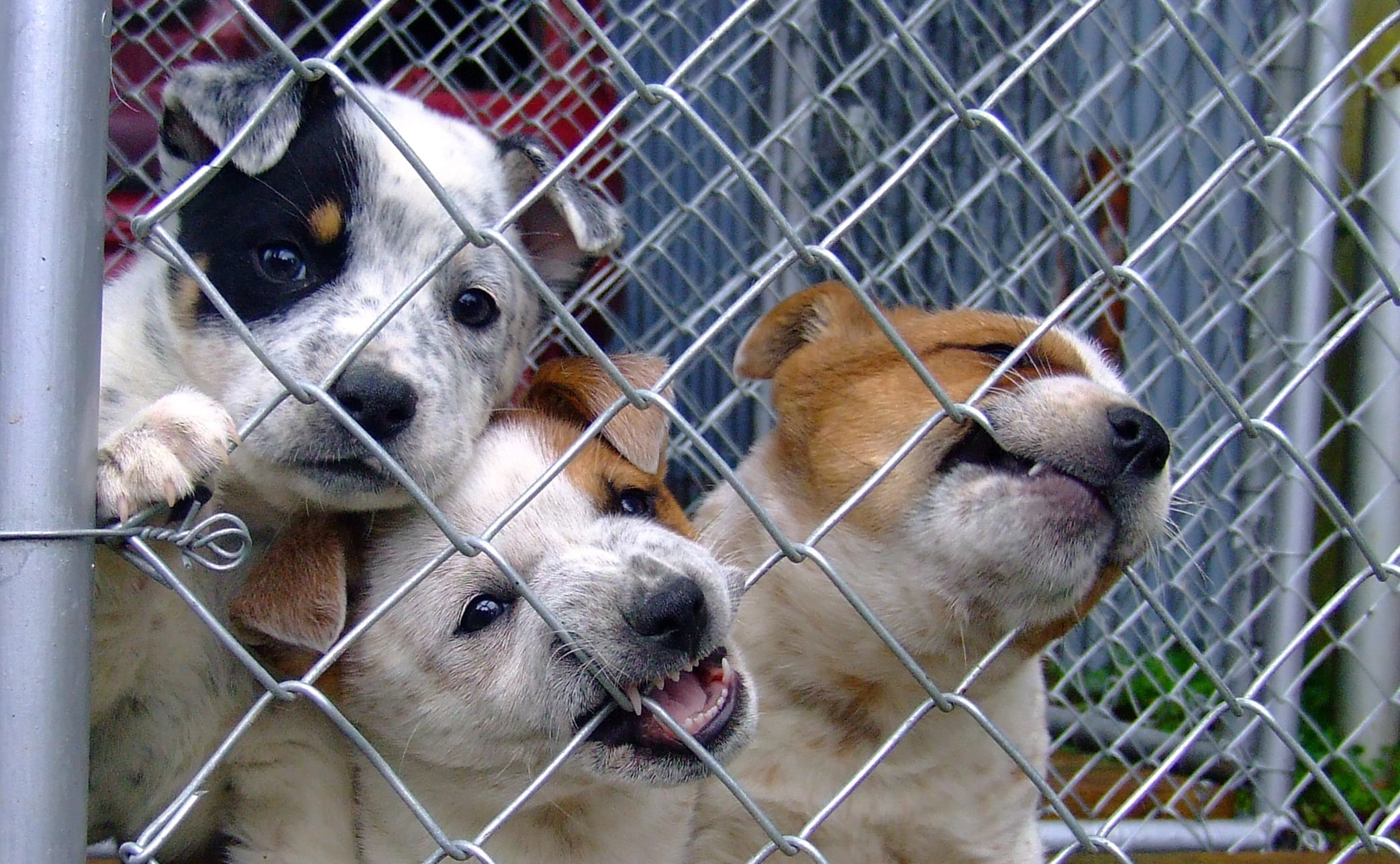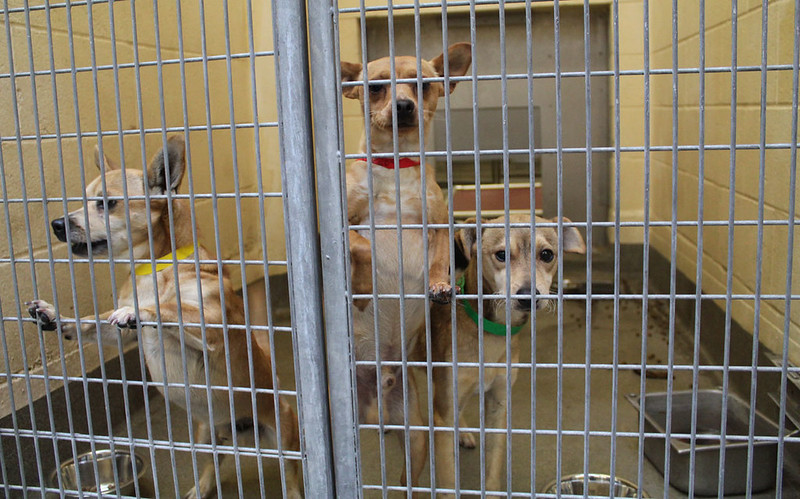In the early days of the pandemic, we were all heartened by stories about shelters emptying and more people rescuing dogs. Now, mid-way through 2021, we’re faced with the opposite as shelters all across the country become overcrowded again.
Animal intakes have been especially high lately, and some suspect it’s because more people are returning the dogs they adopted in 2020. As more rescues become overwhelmed, staff and volunteers have some suggestions for people interested in helping them save these animals.

Why Intakes Are High Now
No one can say for sure what’s causing this spike in the shelter pet population. We do, however, know the numbers have been increasing every month since February, which is when eligibility for the COVID-19 vaccine was extended.
Alex Knightbright, of Wish Bone Canine Rescue in Bloomington, Illinois, told WGLT their kennels are entirely full now. The rescue has also seen a lot of intakes they suspect were adopted as puppies during the pandemic.
“There have been community dogs that just happen to be of a certain age — between 10 months to a year and a half — that look like they got adopted out during the pandemic.”
The Animal Care Centers of NYC also experienced higher intake levels recently. The ACC had 1,393 animals brought to them in June, which is over double the amount that came in during February (631.)

Katy Hansen, a spokeswoman for the ACC, told NY Post:
“This could be that people are having to move due to financial hardships. We are also nervous about the impact that the lifting of the [pandemic] eviction moratorium may have on potential pet surrenders.”
According to data collected from the ASPCA, the vast majority of the 23 million people that adopted pets during the pandemic said they still have those pets. Of those surveyed, 90% of dog owners and 85% of cat owners said they intended to keep those animals, so there is a possibility that numbers are just returning to pre-pandemic levels.
One thing is for certain: shelters and rescues all over the country need our help.
How You Can Help
FOSTER
Fostering a dog is the best way to help shelters with too many animals. You’ll leave some space for another dog in the kennel and get one (or more) out of the shelter for a while! Even if you can’t keep the dog (but good luck, it’s hard to say goodbye,) you can help them out by removing them from a stressful environment and letting them show their true personalities.
DONATE
You’d be surprised how quickly dozens of dogs can go through as many bags of food. While they’re trying to care for a sudden surge of animals, you can really lift the financial burden for rescues by donating products or money. Many organizations have Amazon wishlists that allow you to purchase items for them directly, like kennels, blankets, and leashes. All others will gladly accept your financial donations, so call or visit your local rescue to find out how. Medical expenses tend to cost the most for rescues, and overburdened organizations can always use help funding those.

CHOOSE RESCUES OVER CITY SHELTERS
If you or someone you know has no choice but to surrender their dog, consider a non-municipal, no-kill rescue first. When government shelters become overcrowded, perfectly healthy dogs may end up euthanized to make more room. Private or volunteer-run rescue groups will make sure the dog gets the second chance they deserve.
BE PATIENT WITH YOUR RESCUE DOG
So maybe you adopted a dog during the pandemic, but you’re having a hard time getting them to behave the way you want. That’s normal. Think about what the dog has been through, and what a great person you are for loving them! Check out these tips if you’re having difficulty with your new rescue dog.
Alternatives To Surrendering A Pandemic Rescue Dog
Before you return your rescue to a shelter, have you explored all the options available to you first? Eric Rayvid, Best Friends Animal Society’s director of public relations, explained to USA Today how pet parents can seek alternatives to returning their pandemic dogs:
“Pet owners need to work through possible separation anxiety issues, prepare pets for time alone, and look into hiring a dog walker if the dog needs to go out during the day. It was common to have pets and full-time jobs before the pandemic, so there’s no reason people going back to work can’t successfully keep their pets, with some adjustments and planning.”
It’s been a tough year and change, and certainly having a misbehaving dog can be frustrating. Rayvid emphasized how much it’s worth the extra effort to be patient with your pup:
“Our pets have been there for us and provided companionship and comfort through an extremely difficult year, and we should honor the commitment we made to them through adoption.”
Dogs can learn to adjust to new post-pandemic schedules! Let’s work to get those shelter intake numbers back down again.
 Toledo, United States.
Toledo, United States.